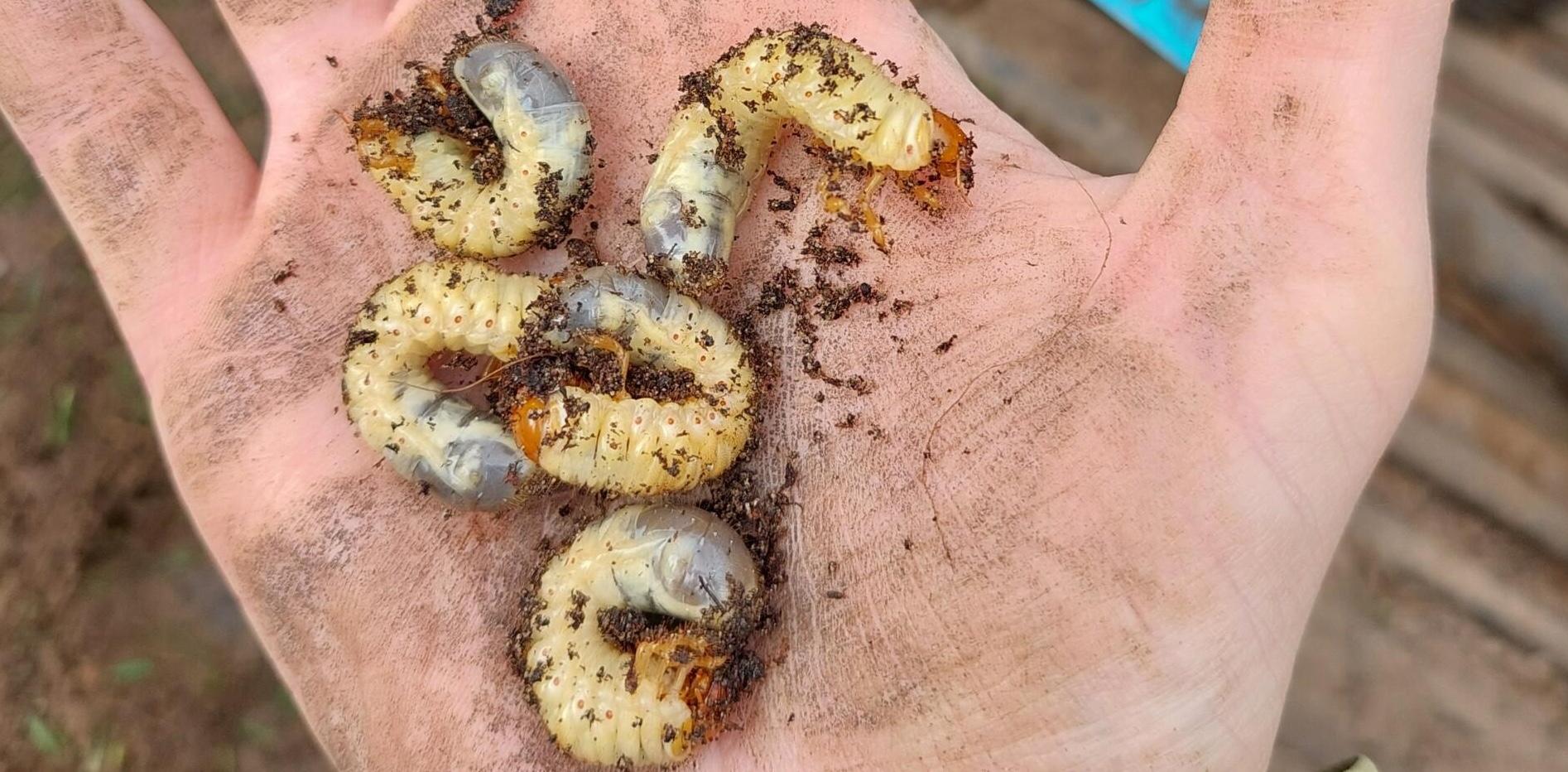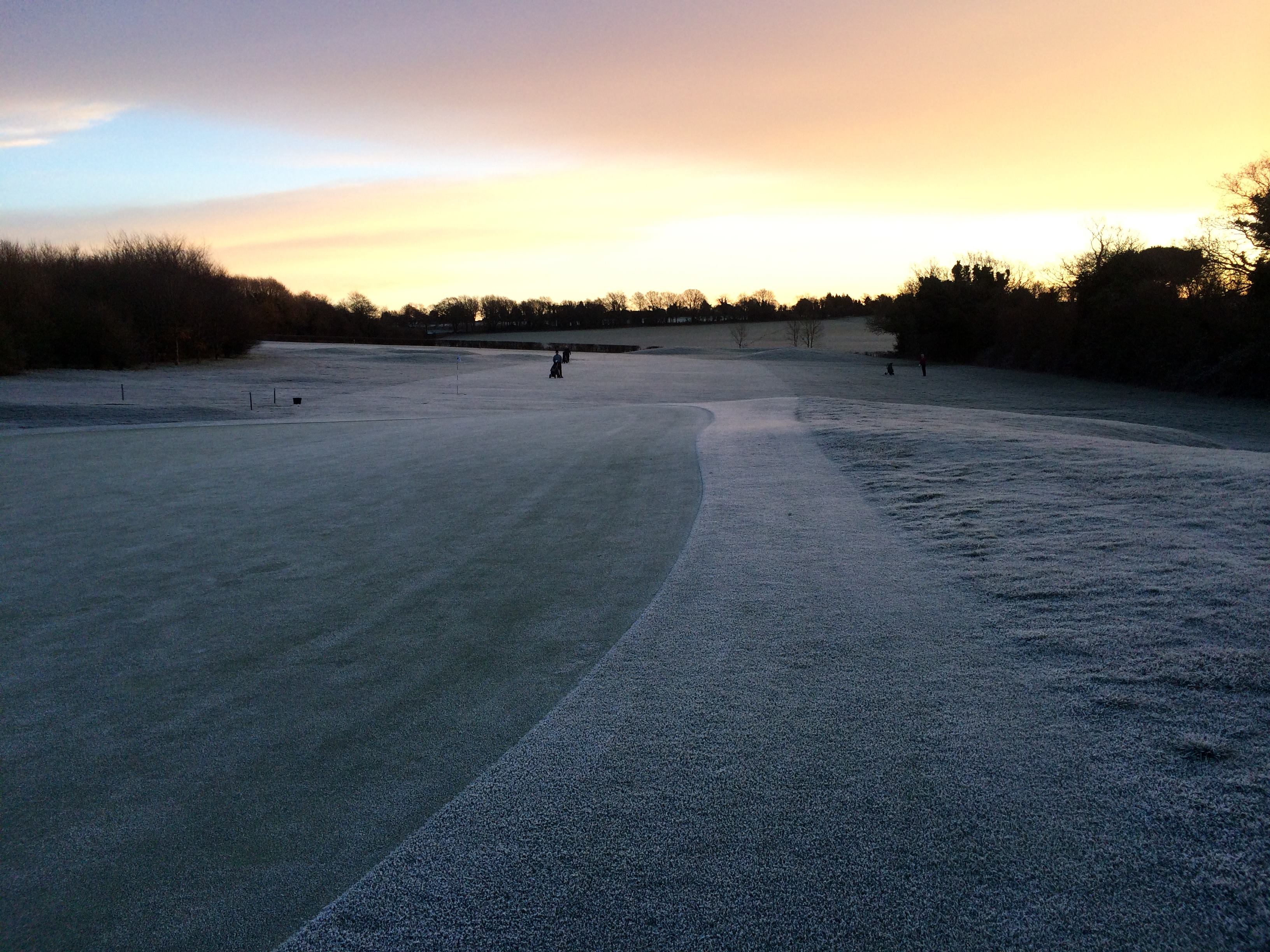 The last few weeks I've been on the road presenting my "Fungicide planning presentation". The core message has been slightly simpler than "planning" though. In an attempt to try to understand the way to get the best out of fungicides I think it's imperative we
The last few weeks I've been on the road presenting my "Fungicide planning presentation". The core message has been slightly simpler than "planning" though. In an attempt to try to understand the way to get the best out of fungicides I think it's imperative we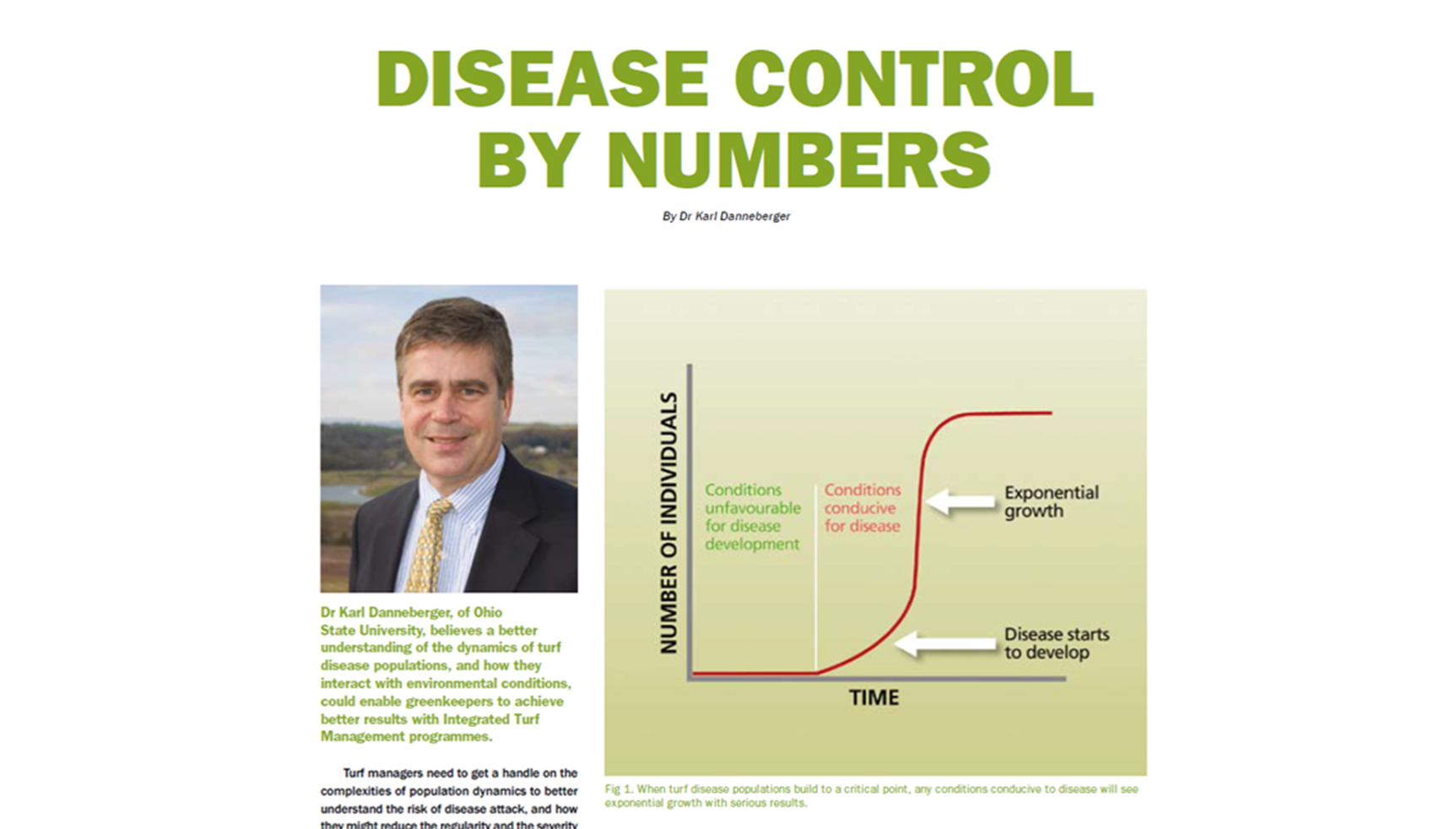 understand the way that the disease develops. This 2008 article by Dr Danneberger got me thinking about this concept. During periods when conditions aren't conducive to disease development the disease will sit quietly in the fibrous layer near the surface in Conidia form waiting for the right conditions:
understand the way that the disease develops. This 2008 article by Dr Danneberger got me thinking about this concept. During periods when conditions aren't conducive to disease development the disease will sit quietly in the fibrous layer near the surface in Conidia form waiting for the right conditions:
- Mild
- Damp
- Humidity
- Lush growth
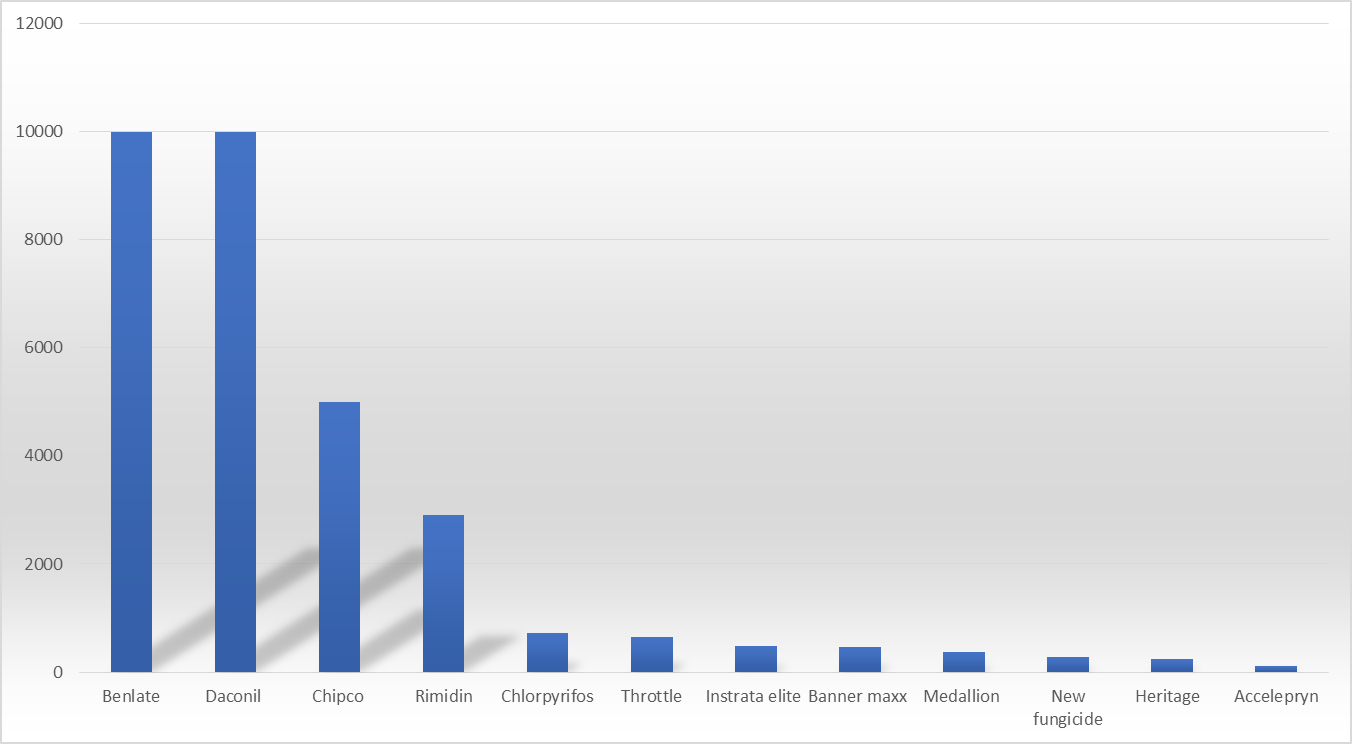 This chart shows the reduction of quantities of Active ingredient per Ha over the last 25 year[/caption]
Modern pesticides have much lower quantities of active ingredient than their predecessors although their mode of actions are far more effective at reducing disease populations when applied earlier.
This chart shows the reduction of quantities of Active ingredient per Ha over the last 25 year[/caption]
Modern pesticides have much lower quantities of active ingredient than their predecessors although their mode of actions are far more effective at reducing disease populations when applied earlier.
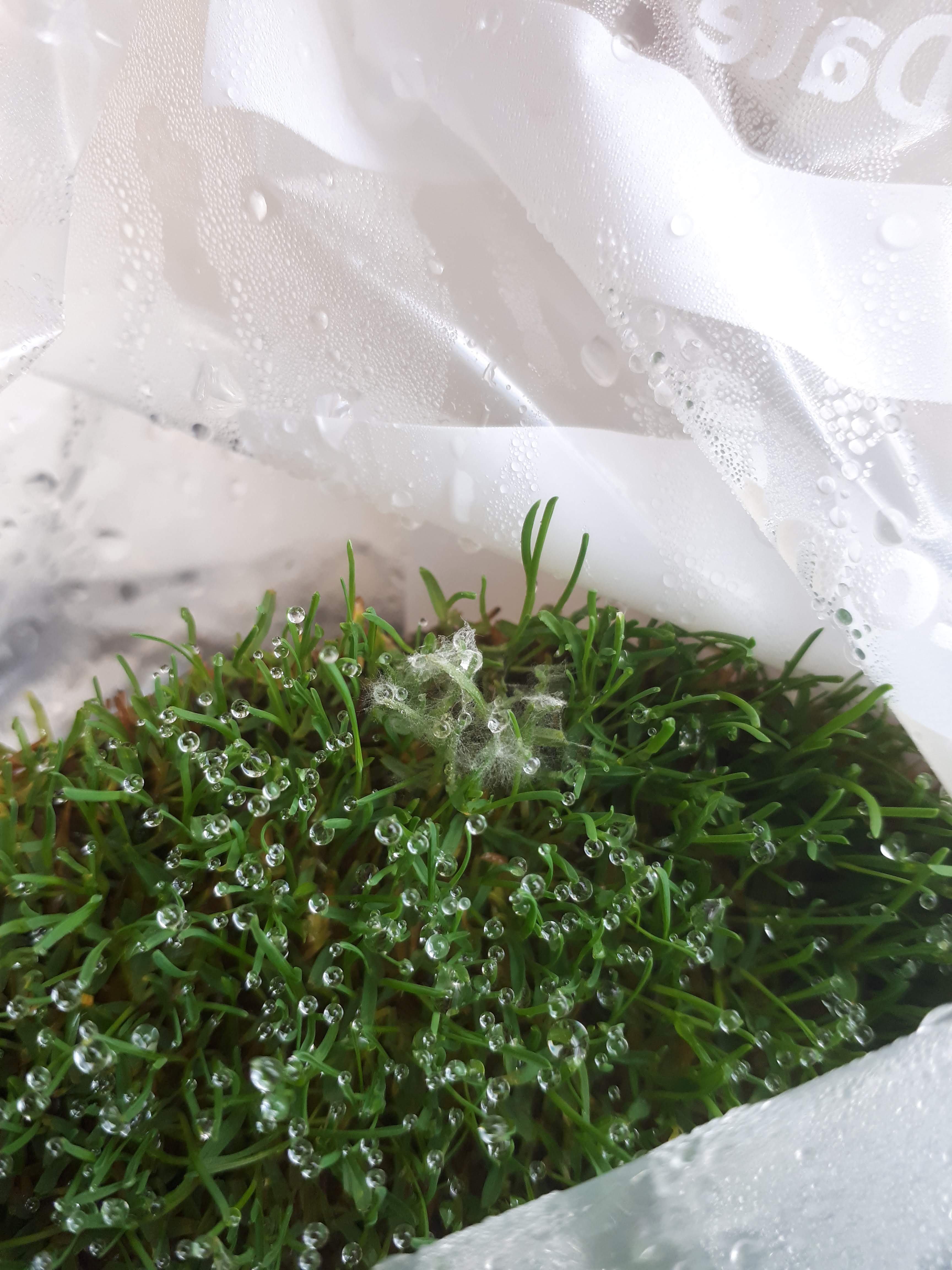 I did an experiment earlier in the year and took a plug from a green in Early August and in an attempt to accelerate disease I placed it in a plastic bag with some moisture. This kept the plug in a constant high pressure situation. I was surprised to see that it took 7 days for the plug to develop any signs of disease, however once it started the disease spread rapidly.
This ties in really well with the exponential growth theory, whilst in the Autumn we're generally studying our greens looking for disease because we know the conditions are right, however we won't see any visible signs until the disease population has got to a point where it can cause damage. The speed this happens will vary dependent on many factors, including:
I did an experiment earlier in the year and took a plug from a green in Early August and in an attempt to accelerate disease I placed it in a plastic bag with some moisture. This kept the plug in a constant high pressure situation. I was surprised to see that it took 7 days for the plug to develop any signs of disease, however once it started the disease spread rapidly.
This ties in really well with the exponential growth theory, whilst in the Autumn we're generally studying our greens looking for disease because we know the conditions are right, however we won't see any visible signs until the disease population has got to a point where it can cause damage. The speed this happens will vary dependent on many factors, including:
- Moisture on leaf
- Temperature
- Historical disease pressure
- Fibre content
- Grass species

